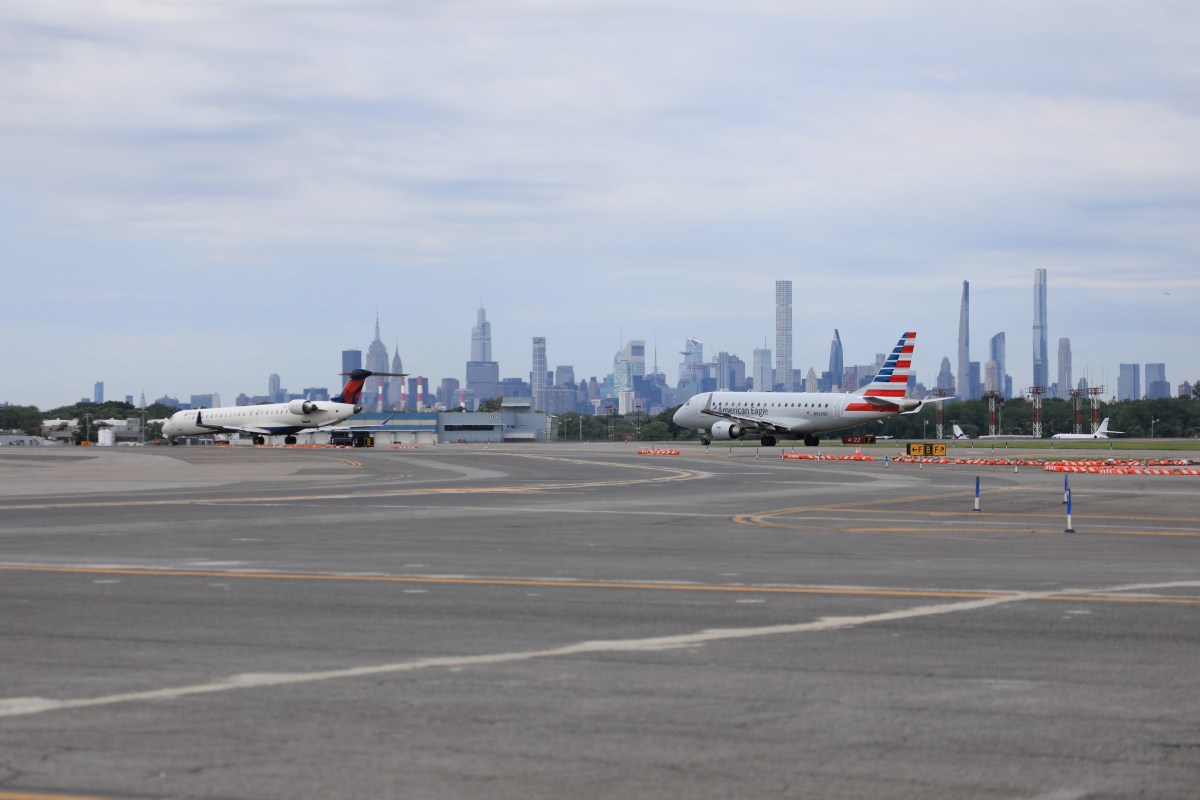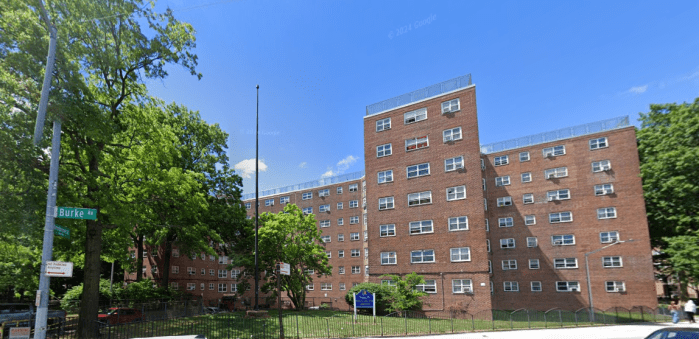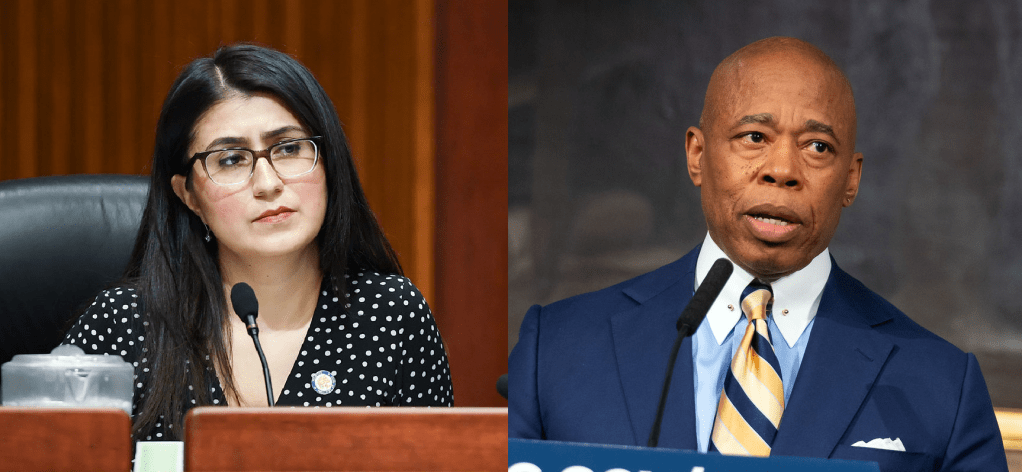By Julie Shapiro
When the Parks Department and the Lower Manhattan Development Corporation sited a ball field in Corlears Hook Park — Community Board 3 territory — without consulting the board and the community, C.B. 3 members got angry.
“We were surprised, to say the least,” said Richard Ropiak, chairpersom of the C.B. 3 Parks Committee, at the committee’s meeting last Thursday.
The L.M.D.C. allocated $2 million for a new ball field — likely to have an artificial-turf surface — for the Downtown Little League as part of $37 million in grants to community organizations below Houston St. The new field would replace an asphalt baseball diamond in Corlears Hook Park at Jackson St. and the F.D.R. Dr.
The Parks Department, which recommended the site to the L.M.D.C., says the placement is final.
After a heated discussion, C.B. 3’s Parks Committee voted to send a letter to the L.M.D.C. and Parks with questions about who will be able to use the ball field.
Lois Regan, a C.B. 3 Parks Committee member, was concerned that local kids wouldn’t get a chance to play.
“Our kids will stand outside and watch while [the field] is being used by others,” Regan said. “I just think this is appalling. Board 3 would never have allowed this to happen in Board 1.”
C.B. 1 did not pick the site for the field. But the fact that C.B. 1 Chairperson Julie Menin is an L.M.D.C. board member and served on the panel that awarded the grant raised the ire of C.B. 3 members.
“There is a real problem with the chairperson of Community Board 1 announcing something that’s happening in Community Board 3,” said Anne Johnson, a Parks Committee member. “It stinks to high heaven and something has to be done.”
Susan Stetzer, C.B. 3 district manager, defended Menin.
“Julie Menin was horrified that we had not been notified,” Stetzer told the Parks Committee, adding that Menin and L.M.D.C. representatives will attend a C.B. 3 meeting in January.
“This is not meant in any way to exclude anyone,” Menin told The Villager in a phone interview. “We really want to have a field that works for every community, all the kids Downtown.”
Several members of the public attended the meeting to voice concerns about the new ball field.
“To me, it was a personal slap in the face,” said Edward Garcia, who frequents the park. “The focus should be on the people who live in the community.”
Garcia resents the idea of western Lower Manhattan residents coming to the East Side to build a field, displacing the kids who play hockey on what is now an asphalt lot.
After several people criticized Downtown Little League, the grant recipient, Board 3 Chairperson David McWater set the record straight.
“I applaud the Little League for going and getting L.M.D.C. money,” said McWater, founder of the Lower East Side Gauchos Little League. “They’re not the villain here at all. … I wish I’d gotten off my keister and gone to get money.”
The fault, McWater said, lies solely with the Parks Department.
L.M.D.C. made the final decision on where to put the ball field after Parks repeatedly told it that Corlears Hook Park was the best site, Menin said. The city was supposed to reach out to C.B. 3 for feedback on the site, Menin added. Parks is now discussing the site with C.B. 3, a Parks representative said.
L.M.D.C. did not comment for this article.
Although Parks says the ball field location is final, “Nothing should be final if it doesn’t work for the community,” Menin said. “This should be a win for all community groups, not just one community group.”
Mark Costello, president of Downtown Little League, attended the Parks Committee meeting but had to leave before the ball field discussion.
“The Little League is just one user,” Costello said later in a phone interview. “If the field were built in Corlears Hook, I would certainly want to work with a range of groups and users to make sure everyone enjoyed it.”
Costello was not yet sure how many hours a week the league would use the field during baseball season, but said he expects to continue holding 90 percent of his games in Battery Park City. A new field is necessary because his league — open to any child, regardless of where the player lives — has 700 members and is growing rapidly.
Parks considered more than 30 sites for the ball field, in both C.B. 1 and C.B. 3, but Costello was not part of those talks, he said. No matter where the field is located, Costello wants to refocus on the intention of the L.M.D.C. grant in the first place: post-9/11 recovery.
“We tried to do something great that came out of our pain, something great for everyone,” Costello said. “It’s important that we get it right and that it be done in the right spirit.”
He added, “I hope whoever makes the decision will start listening to everyone in the community.”







































